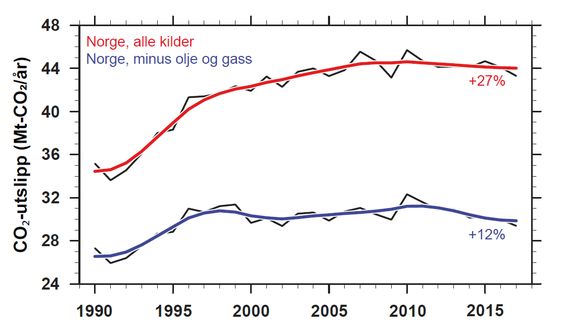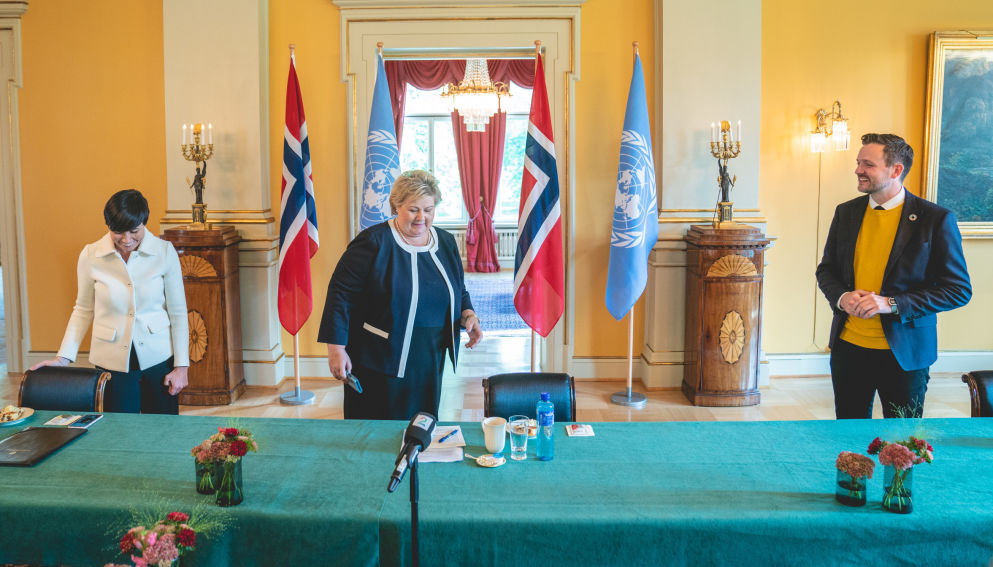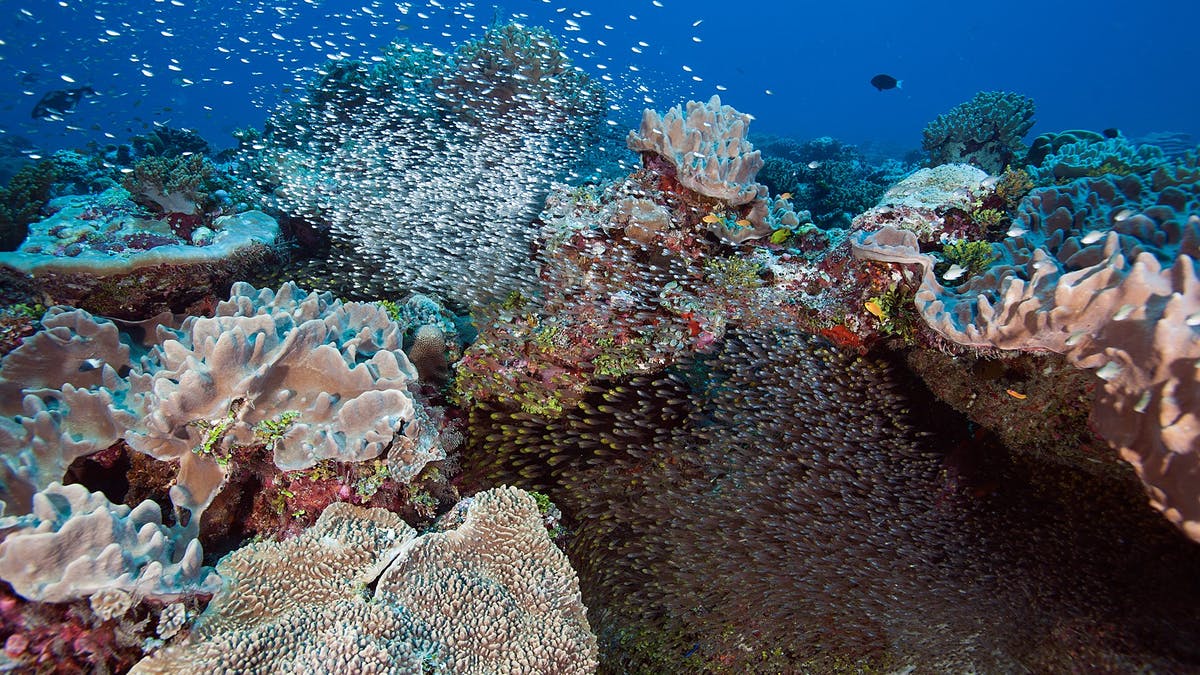
“Nøkken” (The Nix) lures people into the water to drown. Prime Minister of Norway Erna Solberg’s message to COP24 in Katowice: “The Norwegian experience is that we can change the economy and cut greenhouse gas emissions without stagnating economic growth.” Photo Marie Sjøvold, VG
Fact check: Norway violates its obligations according to both Kyoto and Paris agreements intentions
Falling five places compared to the previous edition, Norway ranks 12th in the CCPI 2019.
Due to high performances in the Renewable Energy and Climate Policy categories, the country still ranks among the group of high-performing countries. [natural renewable energy from hydropower] National experts praise Norway for its active and ambitious role in international political processes such as UNFCCC, CCAC, and REDD+. Despite having a medium ranking in the GHG Emissions category, national experts criticize their country for not having concrete strategies for either long-term GHG emissions development or reducing subsidies for fossil fuels. They also note that Norway has no mandatory energy efficiency measures for industry, which led again to rising emissions after several years of declines. These developments are also reflected in a very low overall score in the Energy Use category. National experts also criticize that Norway has no exit strategy for the exploitation of oil and gas and is still investing in this field.
In other words, if it were not for Norway’s natural renewable energy from hydropower, Norway would not rank among high-performing countries – on the contrary, CO2 emissions are still up from 1990 levels while most other countries. In fact, among Europe’s 36 states with more than one million inhabitants, only Cyprus has had a larger percentage increase in CO2 emissions since 1990 than Norway (!)

Figure from Norsk Klimastiftelse Report – Norges CO2-utslipp: På kollisjonskurs med Paris‐avtalen: CO2 emissions in Norway between 1990 and 2017 from all domestic sources (red line) and total emissions minus emissions from the oil and gas extraction sector (blue line), expressed in million tonnes of CO2 per year. Estimated, percentage change between 1990 and 2017, based on the smooth curves, is shown to the right in the figure.
The main reason for the increased CO2 emissions is, as expected, due to oil and gas production. But even without emissions from oil and gas extraction, Norway is again rising 12 percent since 1990, see figure above. Although the emission increase would be greater without initiated emission reduction measures, Norway’s significantly increased use of fossil fuels since 1990 is not in line with the Kyoto or Paris agreement’s intentions.
Erna Solberg’s “politeness” and Laissez-faire policy towards big oil, combines poorly with high spoken ambitions, and postures at UN and other international organizations. Norway is among the nations that contribute to climate change and even have rising emissions instead of emissions cutt. Norway’s market position on electric vehicles and the electrification of ferries and other means of transport is fine, but we need to point out the big elephant in the room; Norways oil, where the nation still invests heavily instead of searching for an exit strategy.



